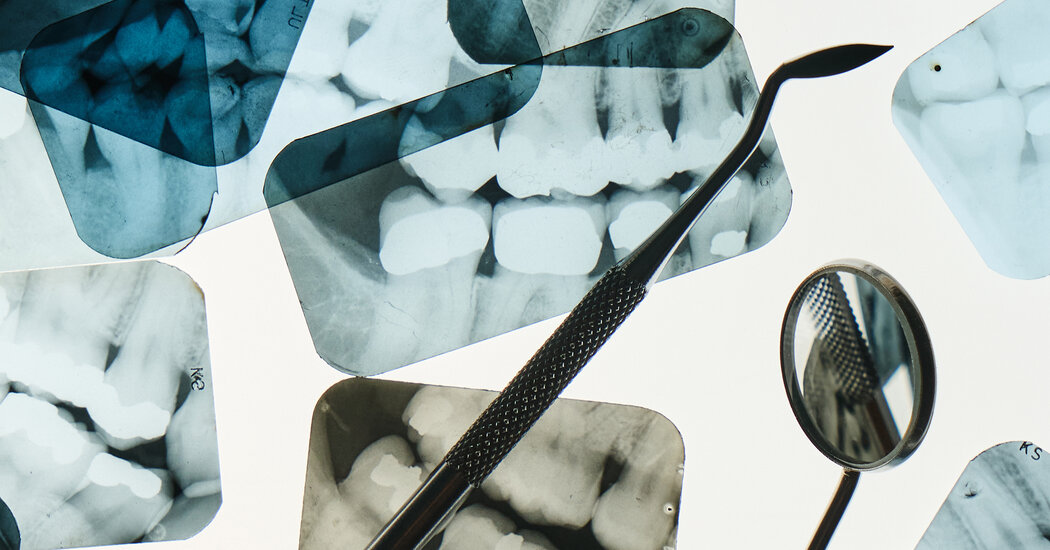Q: It seems as if every time I visit the dentist, I’m asked to get X-rays. Will this increase my risk of cancer, and how can I square that with the potential benefits?
Dental X-rays are essential for oral health. They can help dentists spot issues like cavities, abscesses, abnormal growths and gum disease, often before they become serious.
But getting X-rays at regular dental cleanings can cause anxiety for some. Dental X-rays emit a form of energy called ionizing radiation, which can damage DNA and increase the risk for cancer. So is it risky to get this type of imaging regularly?
The amount of radiation you’re exposed to during dental X-rays is very low, said David J. Brenner, director of the Center for Radiological Research at Columbia University. It’s much lower than it was decades ago, and often less than the total radiation you’re exposed to every day from your environment, such as from the sun, space and materials in the ground like rocks and soil, he said.
Even so, experts said that dentists should administer X-rays only when a patient needs them, such as when a practitioner notices a potential problem during an exam and needs more information, said Dr. Erika Benavides, a dentist and oral and maxillofacial radiologist at the University of Michigan School of Dentistry.
“The clinical exam should always come first,” she said.
How much radiation do X-rays emit?
Different kinds of dental X-rays release different amounts of radiation. A typical series of bitewing X-rays — in which a patient bites down on a wing-shaped device to hold X-ray film in place — gives off about five microsieverts of ionizing radiation, said Sanjay M. Mallya, an oral and maxillofacial radiologist at the University of California, Los Angeles School of Dentistry. That’s less radiation than you’d be exposed to in a typical day, he said.
